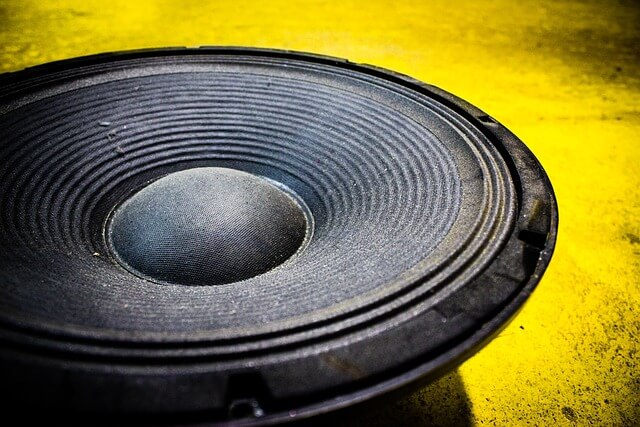Hidden Speakers, Obvious Results
Not every improvement needs to be seen. In fact, some of the most effective upgrades sit quietly out of sight. Hidden speakers don’t draw the eye, but they change how a space feels. They guide mood, support clarity, and keep the environment balanced without disrupting the design. Many businesses now choose sound systems that stay invisible while shaping everything people hear.
It isn’t about hiding the wires or placing speakers behind plants. It’s about creating an experience that feels natural. With the right setup, music moves gently across a room. Announcements stay crisp. Conversations don’t fight with background noise. These effects don’t happen by chance. They’re the result of careful planning and the right tools.
Spacial audio solutions play a key role here. They allow sound to travel in layers, not just straight lines. That means visitors hear the right thing, in the right place, at the right time. A quiet corner stays calm. A busy area stays clear. The speakers that drive these results often blend into ceilings or walls. Some even hide completely within the structure.

Image Source: Pixabay
In retail spaces, this matters more than most people think. Customers don’t want loud systems that demand attention. They want to feel welcome, not pushed. By using hidden systems, stores avoid visual clutter and reduce harsh sound zones. Instead of filling the room with noise, they create sound that flows with the layout.
Restaurants and hotels also rely on this approach. Guests expect peace and comfort, not reminders of the sound system. A dining area might have soft music that never covers the clink of cutlery. A hallway might carry gentle tones without interrupting conversation. The people inside rarely notice where the sound comes from. They just feel that the space works.
This kind of control often starts with a walk-through. Professionals test how voices echo, where sound gathers, and which materials block or carry it. Then they decide where to place each speaker not to be seen, but to be felt. They use spacial audio solutions to adjust direction, tone, and strength. That level of care makes sure sound doesn’t pull attention, but still guides it.
Offices benefit in similar ways. A quiet room with poor sound turns stressful fast. One with well-placed speakers keeps focus steady. Calls sound clean. Voices stay clear. Even background music can help pace the workday. But it only works if the system fits the space. Visible units sometimes distract or clash with modern design. Hidden ones remove that issue.
Hotels, clinics, galleries, and gyms all see gains when they hide the tools that shape the mood. People walk in, take a breath, and feel at ease. They don’t ask where the speakers are. They just enjoy the moment. That’s how results show through action, not appearance.
Spacial audio solutions also offer better control over zones. Staff can manage different areas without sending the same sound everywhere. One room can carry calm music, another can play helpful instructions. Each part of the building becomes its own space, shaped by what people need to hear.
The speakers doing this work don’t stand out. They don’t blink, shine, or flash. They stay quiet, even while they perform. And that’s what makes them so powerful. They let the space speak for itself.
In the end, sound should serve the space, not steal attention from it. When speakers stay out of sight, and audio blends with intention, people focus on the experience, not the system.
With spacial audio solutions, that balance becomes easier to achieve. And the results though often unspoken stay with the people who pass through. What they remember is how the place made them feel. Not the hardware. Not the wires. Just the effect.
Comments